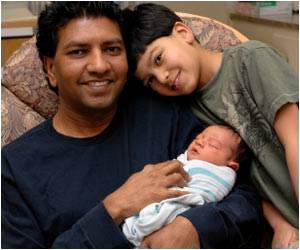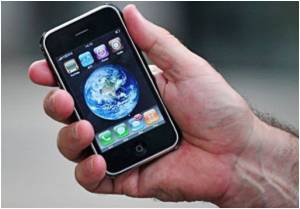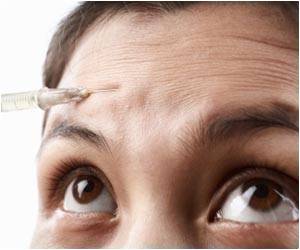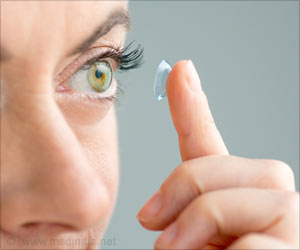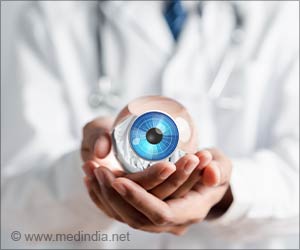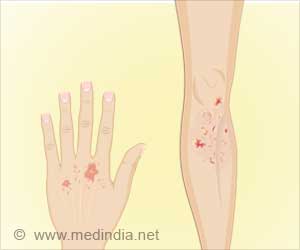Smartphones could soon be used in diagnosis of medical ailments by examining the sample of user's saliva, blood or urine, reveals study.
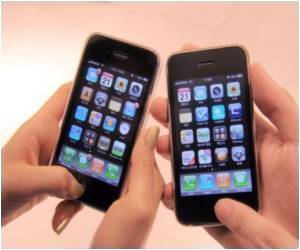
However Hyun Gyu Park and Byoung Yeon Won at the Korea Advanced Institute for Science and Technology revealed that modern smartphones could ably improve the process by replacing the lab work.
Park suggested that the lab-on-a-chip could present a tiny droplet of the sample to be pressed against a phone's touchscreen for analysis, where an app would work out whether you have food poisoning, strep throat or flu, for example, New Scientist reported.
For the purpose, both the scientists harnessed the way a touchscreen senses a fingertip's ability to store electric charge, called as its capacitance.
"Since these touchscreens can detect very small capacitance changes we thought they could serve as highly sensitive detection platforms for disease biomarkers," said Park.
To verify their notion, the researchers took three solutions, each containing different concentrations of DNA from the bacteria that causes chlamydia and applied droplets from each to an iPhone-sized multi-touch display.
Advertisement
Although the technology has not been able to recognize individual pathogens till now but Park considers the display's potential to discriminate between the respective concentrations as a first step towards this.
Advertisement
"Nobody wants direct application of bio-samples onto their phone," he added.
Source-ANI


